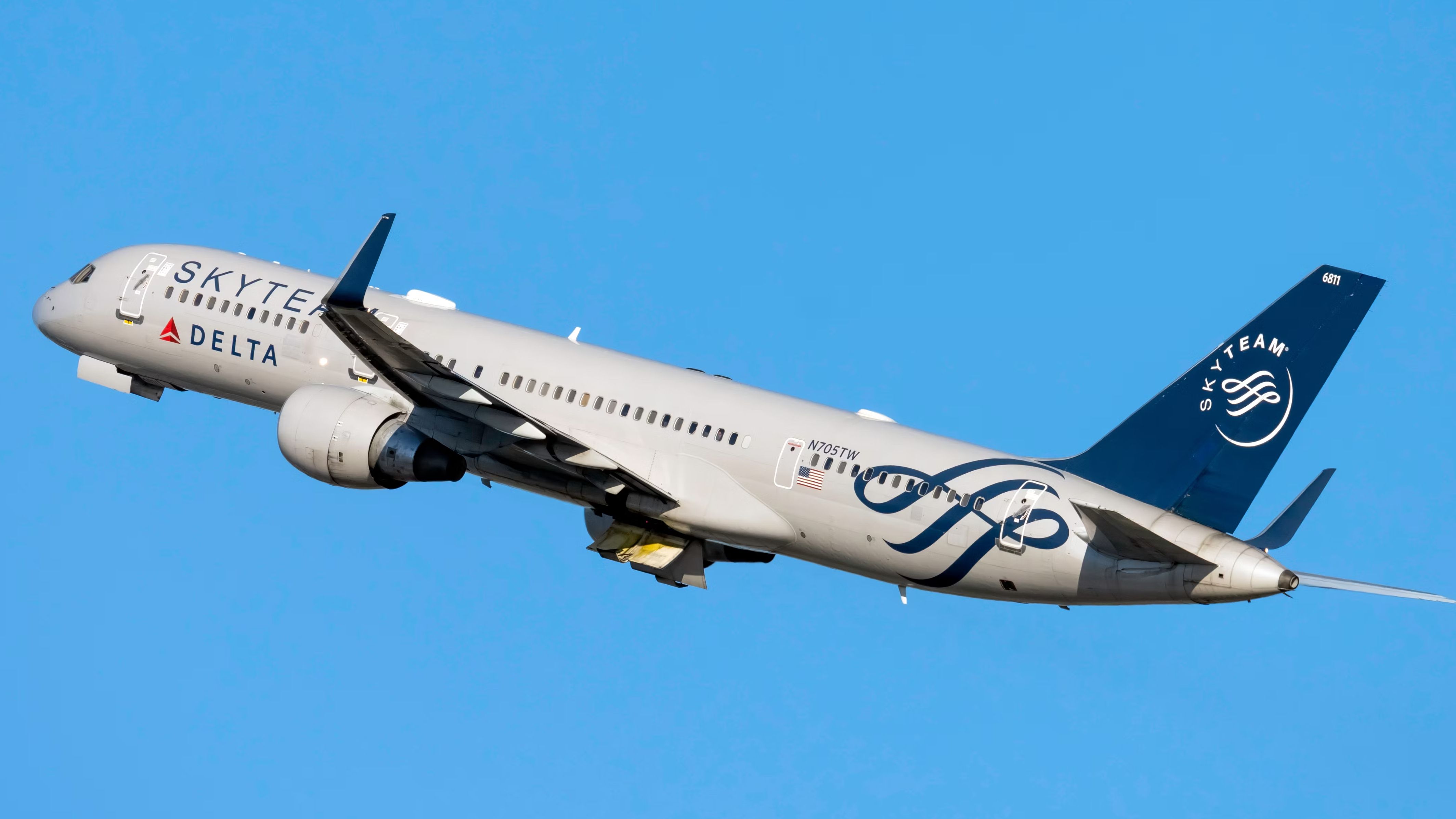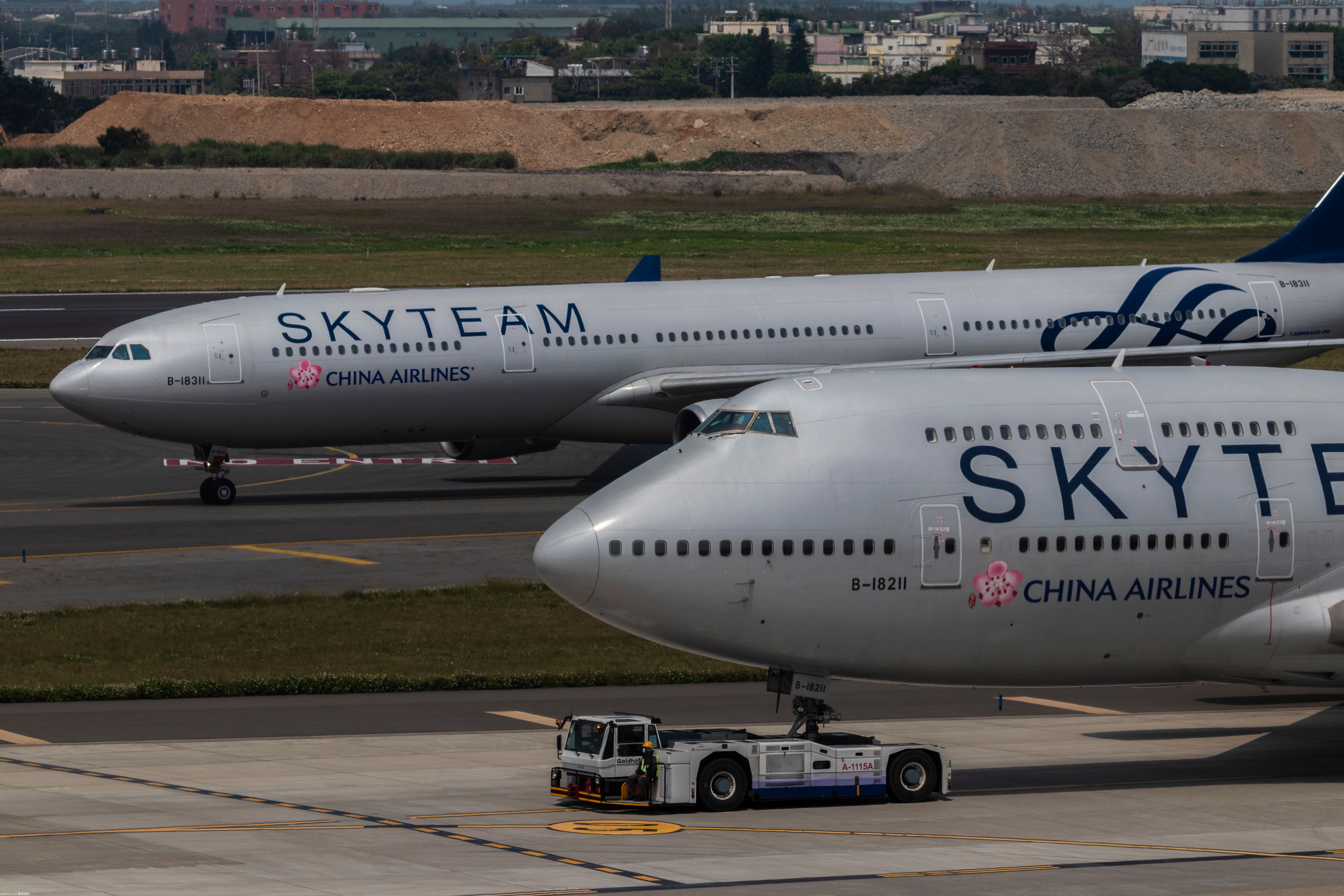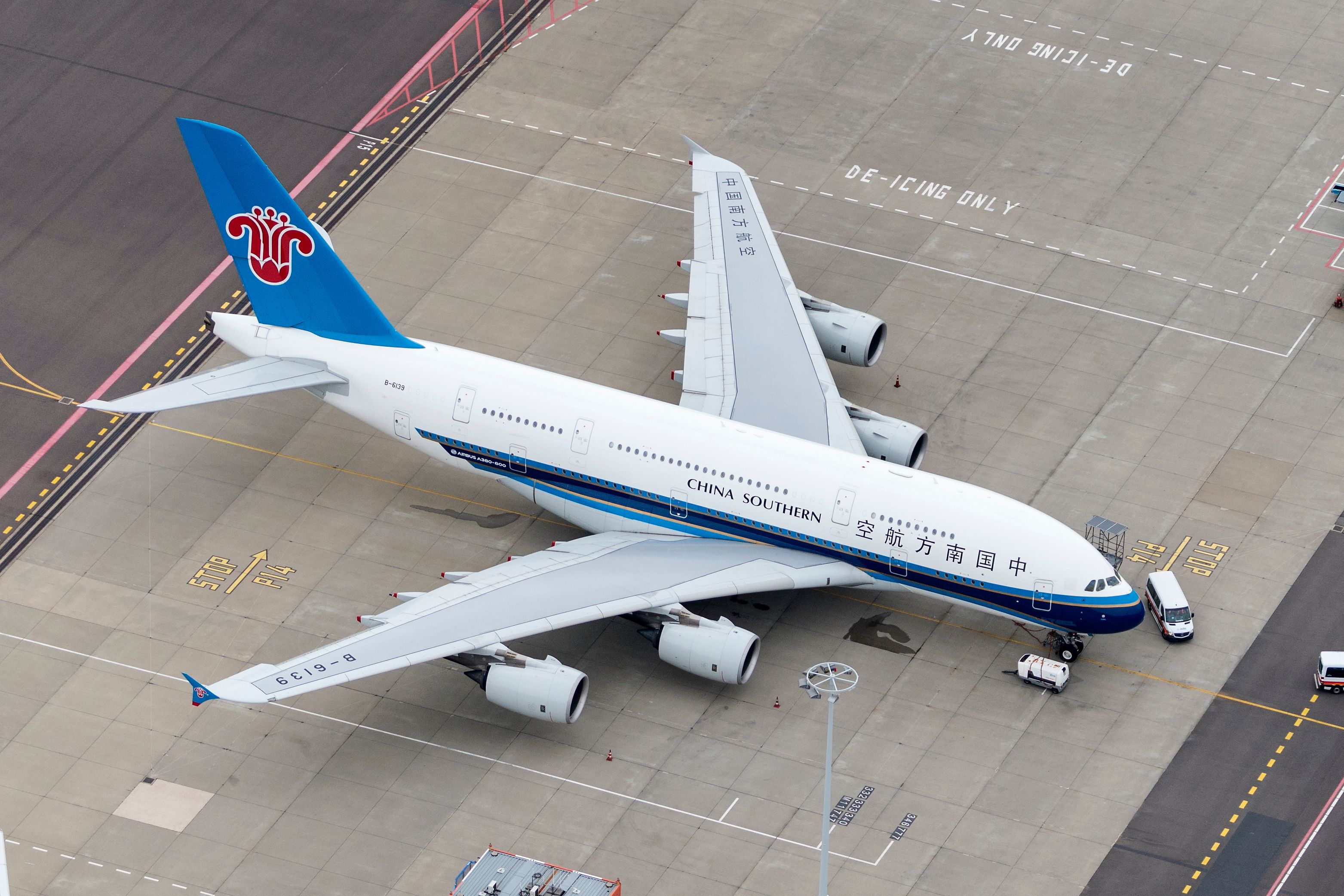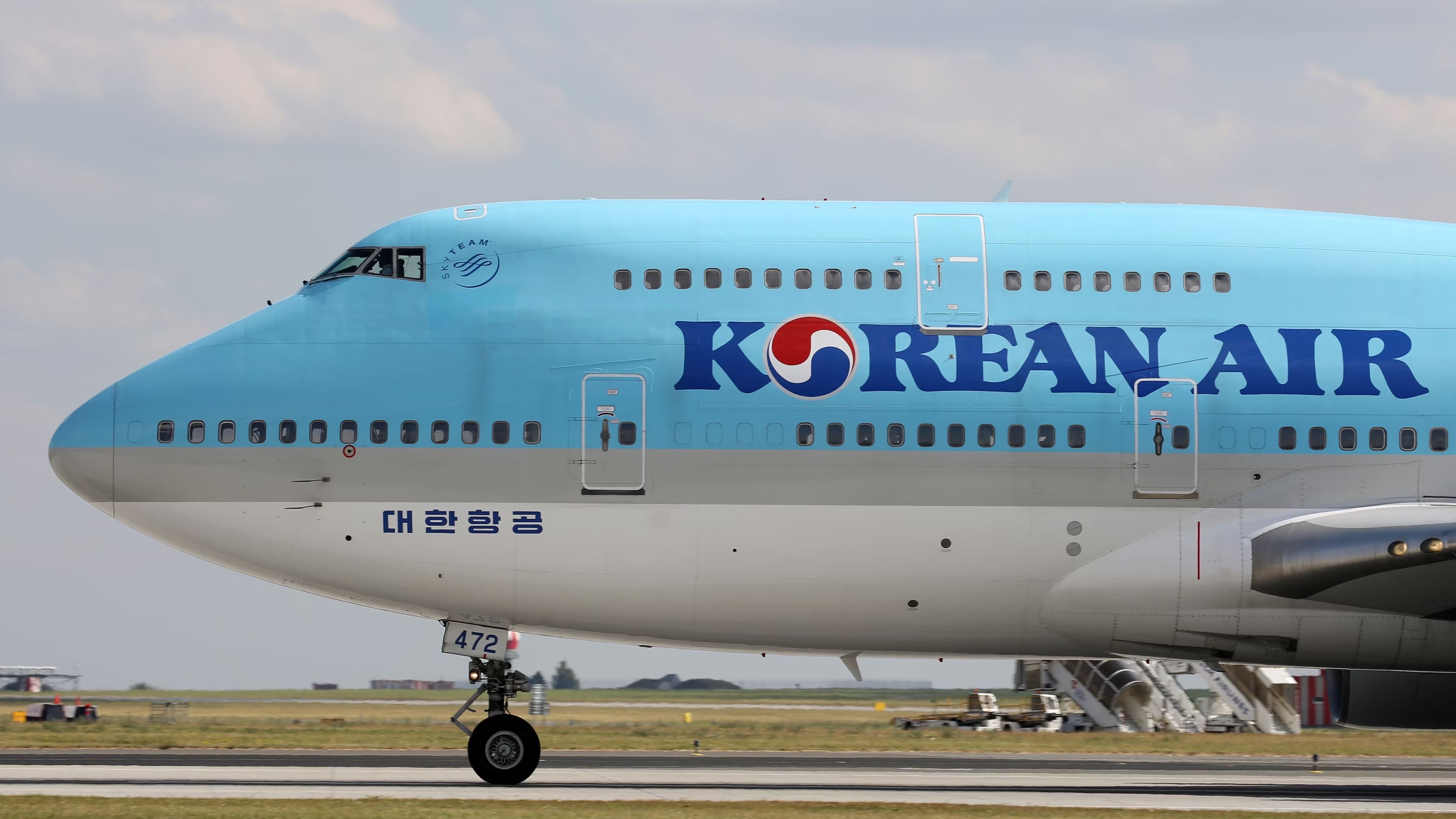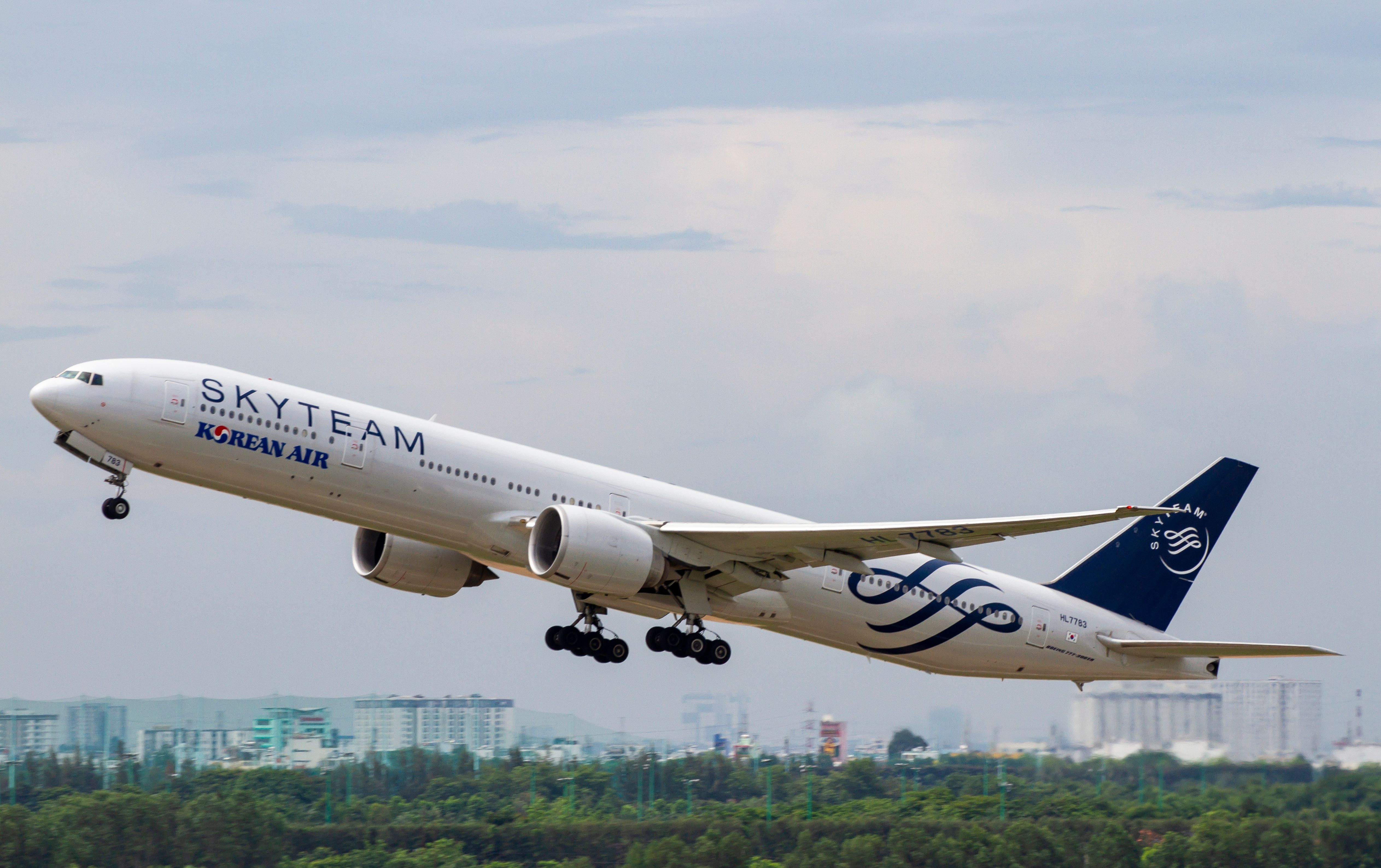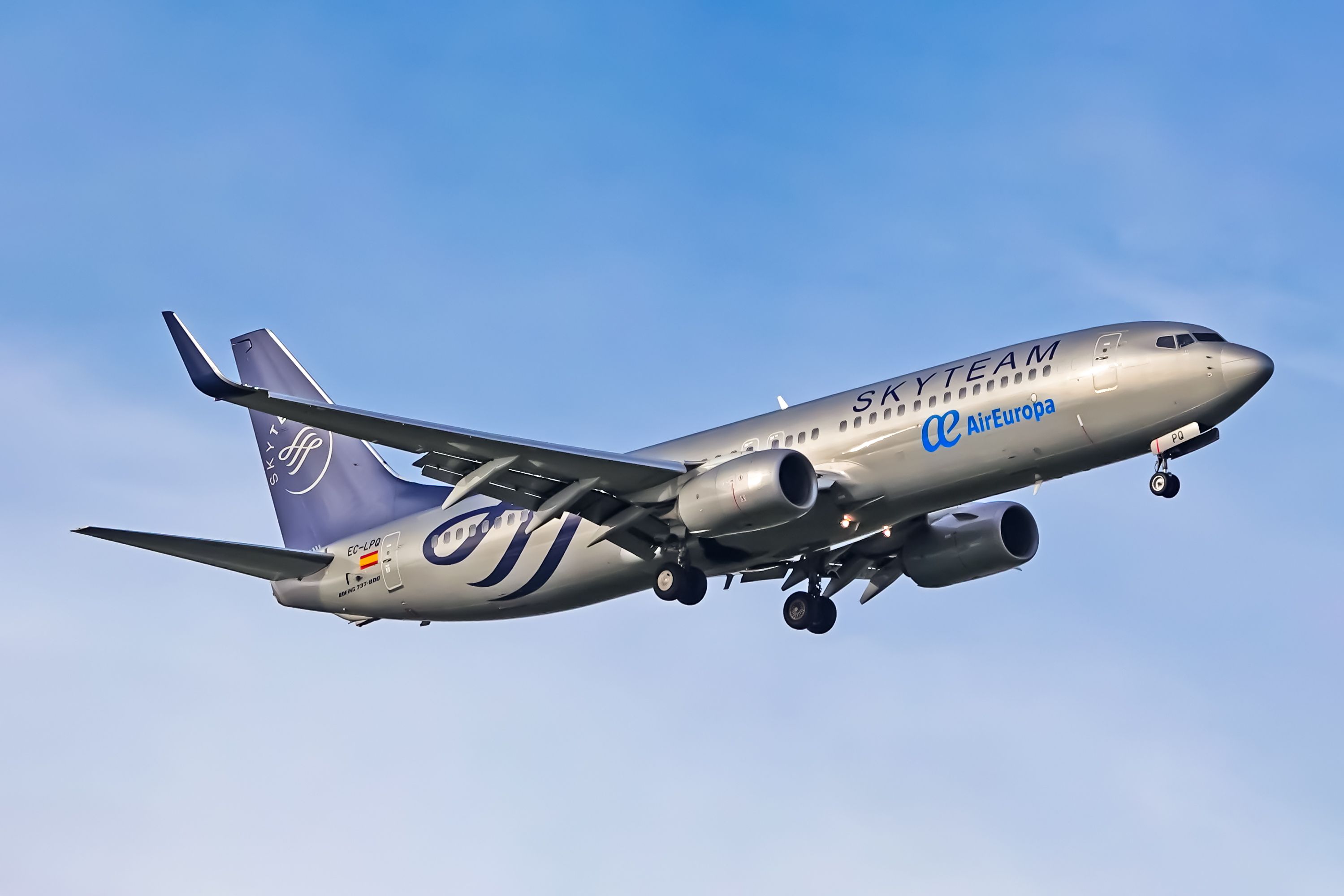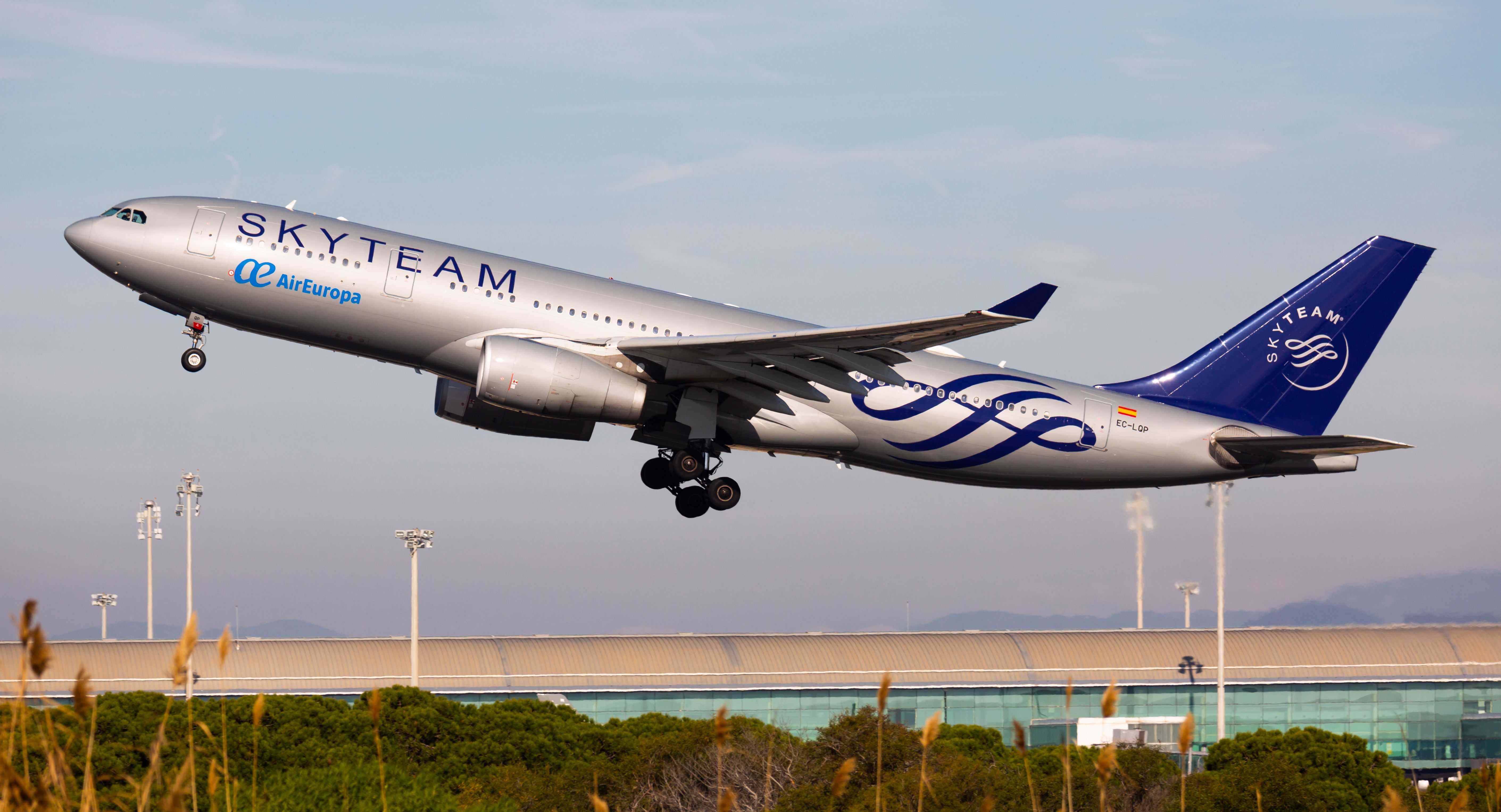Summary
- SkyTeam, formed in 2000, is the youngest of the three major airline alliances but boasts an extensive network of over 3,000 aircraft and serves over 450 destinations worldwide.
- The alliance currently consists of 19 full member airlines, with various airlines joining and leaving over the years. Recent additions include Virgin Atlantic, expanding SkyTeam's presence in Europe.
- SkyTeam's loyalty program offers Elite and Elite Plus tiers, providing perks such as priority reservations, preferential seating, priority boarding, and increased baggage allowances for frequent flyers.
The youngest in terms of formation of the world's three major airline alliances, SkyTeam consists of 19 full members, alongside a singular suspended member and a variety of those carrier's subsidiaries. At its disposal, SkyTeam maintains over 3,000 aircraft, which are used to serve an extensive range of destinations across the globe. In this article, we'll take a deep dive into the history of the SkyTeam alliance, and what makes it so strong today.
In the beginning
The SkyTeam alliance came into existence just after the turn of the century, on 22 June, 2000, making it over two decades old. It is younger than its rival alliances, oneworld and Star Alliance, which were products of the 1990s. Indeed, the Frankfurt-based Star Alliance launched in May 1997, with New York-based oneworld following in February 1999.
Get the latest aviation news straight to your inbox: Sign up for our newsletters today.
SkyTeam had four founding members, who met in New York in June 2000 to establish a third worldwide airline alliance. These were Aeroméxico, Air France, Delta Air Lines, and Korean Air, a group of airlines that boasted an impressive shared network. Today, SkyTeam operates over 6,000 daily flights serving over 450 destinations in nearly 100 countries across the globe.
19 full member airlines today
Since its establishment 21 years ago, the SkyTeam alliance has grown to a 19-strong grouping of airlines from all around the world. The first non-founder to join the alliance was Czech Airlines, in March 2001. Alitalia followed in July that year. KLM came onboard in September 2004, just after partnering with Air France to form Air France-KLM.
KLM's presence had a significant impact on SkyTeam's operational makeup, as the alliance's headquarters are now located at the Dutch flag carrier's Amsterdam Schiphol (AMS) hub. Continental Airlines and Northwest Airlines joined SkyTeam on the same day as KLM.
However, these carriers ceased to be members when they merged into United Airlines and Delta in October 2009 and January 2010, respectively. China Southern Airlines is another full member to have left SkyTeam, doing so in 2018 after 11 years of membership. Continental's exit also prompted associate member Copa Airlines to depart in 2009. In 2021, Alitalia departed from the alliance upon the airline's collapse, and successor ITA Airways is likely to join the Star Alliance after its acquisition from Lufthansa Group.
SkyTeam's remaining full-member airlines and their joining years are as follows:
- Africa - Kenya Airways (2007).
- Asia - China Airlines (2011), China Eastern Airlines (2011), Garuda Indonesia (2014), Middle East Airlines (2012), Saudia (2012), Vietnam Airlines (2010), XiamenAir (2012).
- Europe - Aeroflot (2006) (suspended 2022), Air Europa (2007), TAROM (2010), Virgin Atlantic (2023)
- South America - Aerolíneas Argentinas (2012).
Upon Russia's invasion of Ukraine in 2022 and the subsequent closure of Russian airspace, SkyTeam and Aeroflot decided to suspend the carrier's membership, effective 28 April 2022. It is likely that if the conflict is resolved and restrictions are lifted, Aeroflot would rejoin SkyTeam, as the carrier would have simply left the alliance if it had no intentions of returning.
SkyTeam Cargo
SkyTeam also set about establishing a freight-based alliance shortly after its formation. Known as SkyTeam Cargo, this grouping came into existence in September 2000.
Its initial members were the four cargo divisions of the original alliance's founding members (Aeroméxico Cargo, Air France Cargo, Delta Air Logistics, and Korean Air Cargo). Much like SkyTeam itself, this freight-focused alliance also has its base in Amsterdam, Netherlands.
With 11 member airlines, all of which are the cargo divisions of existing SkyTeam carriers, the SkyTeam Cargo network has continued to grow more expensive. During the COVID-19 pandemic, many of these carriers collaborated to expand their air freight network rapidly.
The livery
Each of SkyTeam's 19 full-member airlines has its own uniquely recognizable livery. However, each of the world's leading airline alliances also has its own special paint scheme, which you can find on certain member aircraft. SkyTeam is no different, as it launched its own corporate identity in the form of a silver and navy blue livery in 2009.
According to SkyTeam, the first member airline to operate a flight in this livery was Delta. The US legacy carrier did so in 2009, using a Boeing 767 that flew from Atlanta Hartsfield-Jackson International (ATL) to Milan Malpensa (MXP). By 2016, a total of 52 aircraft at SkyTeam member carriers had received the alliance's distinctive corporate color scheme.
In this special livery, SkyTeam's famous ribbon logo is located both on the aircraft's tail and towards the rear of the fuselage. Closer to the front of the plane, the alliance's name is printed in unmissable block capitals, with the blue writing strongly offset against the silver fuselage. The member airline's name and logo are below the window line in smaller print.
Loyalty program
While other alliances may pride themselves primarily on connectivity, SkyTeam markets itself based on its incredibly generous loyalty programs that are easily transferred across member carriers. Its loyalty network maintains two tiers: Elite and Elite Plus. Frequent flyers at member airlines are automatically allocated one of these two tiers based on their status at a given carrier in question.
For example, entry-level and Silver Medallion members of Delta Air Lines' SkyMiles program belong to SkyTeam Elite. Meanwhile, Gold, Platinum, and Diamond Medallion members qualify for SkyTeam Elite Plus status. SkyTeam's website lists Elite perks as being:
- Priority reservation waitlist (when fares permit this to be the case).
- Preferential seating allocations.
- The use of priority check-in counters at participating airports.
- Priority boarding, or at the passenger's leisure.
- An increased baggage allowance.
Passengers with SkyTeam's top-tier Elite Plus membership are also entitled to such benefits, as well as certain extras. These include the following aspects.
- Guaranteed full-fare economy reservations on sold-out long-haul flights (at least 24 hours before departure.
- Access to airport lounges worldwide for members in possession of a boarding pass, plus one guest. This applies regardless of the class of travel.
- Priority baggage handling on arrival. Once again, Elite Plus members are entitled to this whatever their class of travel.
- An even greater baggage allowance.
Where SkyTeam stands today
Overall, SkyTeam is a strongly connected airline alliance with an extensive collective network and a well-integrated loyalty program. In 2019, the last full year of pre-pandemic 'normality,' the group carried the second-most passengers of the three main airline alliances, flying 630 million passengers to 1,150 destinations in 175 countries. SkyTeam will be hoping to be able to reach these figures once again as soon as it possibly can.
Virgin Atlantic's decision to join SkyTeam this year came as a major victory for the alliance, which further expanded its North Atlantic network and gained a foothold in the major European market. With only a single member airline based in South America and one more based in Africa, these two continents likely highlight areas where the alliance could expand in the near future.
What do you make of the SkyTeam alliance? Do you have a particular favorite carrier from this group of airlines? Let us know your thoughts in the comments!
Source: SkyTeam

